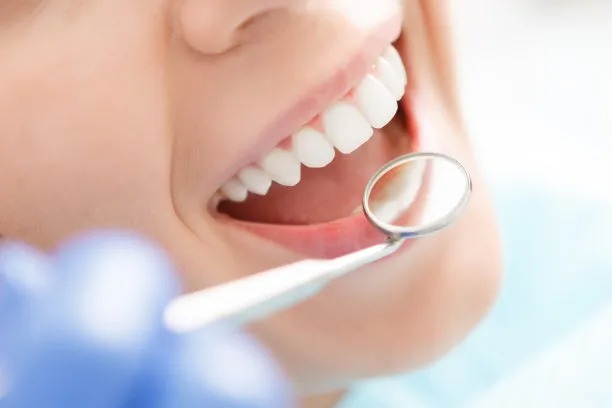Essential Precautions to Consider Before and After Receiving a Dental Filling for Optimal Oral Health Maintenance
Summary: Dental fillings are a common procedure for restoring the function of a tooth affected by decay, fractures, or other damages. However, to ensure optimal oral health maintenance and longevity of the restoration, it is essential to take specific precautions both before and after receiving a dental filling. This article explores four critical aspects: understanding the filling procedure, preparing for the appointment, managing post-filling care, and knowing when to seek further dental advice. By adhering to these guidelines, patients can significantly reduce the risks associated with dental fillings and enhance their overall oral hygiene.
1. Understanding the Filling Procedure

Before diving into the specifics of dental fillings, its vital for patients to understand what the procedure entails. Dental fillings are used to restore teeth that have been damaged due to decay or trauma. The dentist will first remove the decayed portion of the tooth, followed by cleaning the cavity before applying the filling material.
Common filling materials include composite resins, amalgam, and gold. Each material has its own properties, aesthetics, and durability, which can affect both the procedure and post-filling maintenance. Patients must consult with their dentist to determine the most suitable material for their specific needs.
Additionally, understanding the potential risks and benefits associated with the filling process can prepare patients for what to expect. Familiarizing oneself with the procedure not only alleviates anxiety but also helps in fostering realistic expectations regarding the restoration of functionality and appearance of the affected tooth.
2. Preparing for Your Appointment Effectively
Preparation before the dental appointment is crucial for a smooth treatment experience. Patients should gather relevant information about their medical history, including any allergies or medications that might affect the procedure. This information is essential for the dentist to determine the safest methods for anesthesia and filling material.
It is often advisable to have a light meal before the appointment. This helps in maintaining energy levels, especially if anesthesia is needed, as patients may be restricted from eating for a few hours afterward. Moreover, organizing transportation to and from the dental office can alleviate logistical stress, particularly if sedation will be used.
Lastly, take time to ask any lingering questions or express concerns to the dentist before the procedure begins. Clear communication can enhance comfort levels and help build trust between the patient and the dental professional.
3. Managing Post-Filling Care and Recovery
After receiving a dental filling, proper care is crucial to ensure effective healing and long-term oral health. Initially, it is important to avoid chewing on the filled tooth until the numbness from the anesthesia subsides to prevent accidental injury.
Maintaining a good oral hygiene routine is vital following the filling. Patients should continue brushing and flossing regularly while paying close attention to the filled area. This helps in preventing bacterial build-up around the newly filled tooth, reducing the risk of further decay.
Following the dentist’s post-treatment instructions is also critical. Depending on the type of filling material used, there may be specific care guidelines such as avoiding certain foods or products that could impact the filling. Regular follow-up visits are also essential to monitor the condition of the filling and surrounding teeth.
4. Knowing When to Seek Further Dental Advice
Even after taking necessary precautions, patients should remain vigilant for any signs of complications following a dental filling. Common symptoms like persistent pain, swelling, or sensitivity should not be ignored. These could indicate an underlying issue that needs professional evaluation.
Additionally, if the filling feels loose or damaged, or if there are changes in bite alignment, it is crucial to contact the dentist as soon as possible. Early intervention can prevent more extensive procedures later on and ensure that oral health remains in optimal condition.
Establishing a relationship with your dentist fosters ongoing communication regarding your needs and concerns regarding dental fill procedures, and it encourages preventative care practices that enhance overall oral health.
Summary:
In conclusion, being proactive in understanding and preparing for a dental filling procedure is vital for maintaining optimal oral health. Comprehensive post-treatment care will also play a significant role in ensuring the longevity of the filling. By knowing when to seek further dental advice, patients can take control of their oral health journey and minimize complications.
This article is compiled by Vickong Dental and the content is for reference only.


